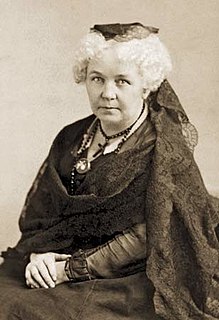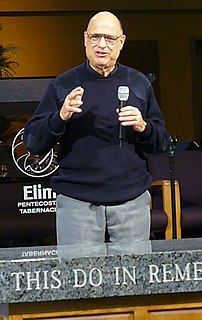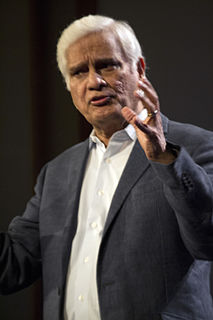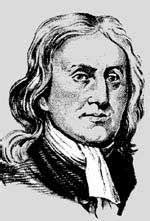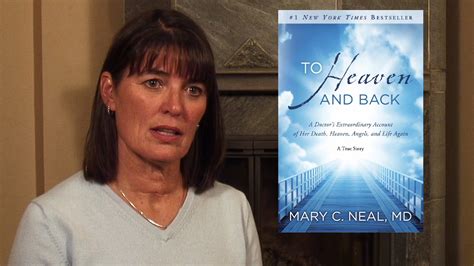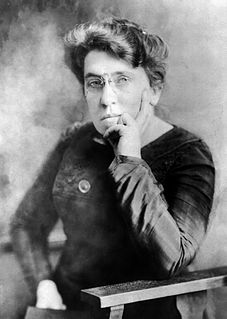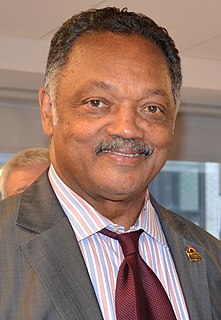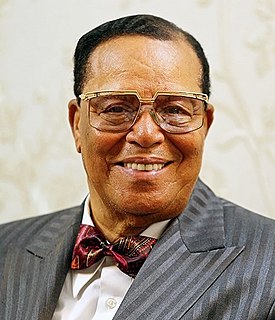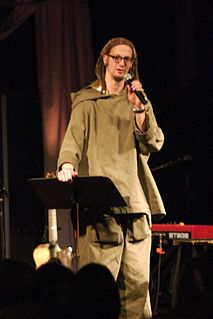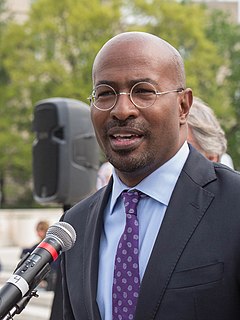A Quote by Elizabeth Cady Stanton
All the men of the Old Testament were polygamists, and Christ and Paul, the central figures of the New Testament, were celibates, and condemned marriage by both precept and example.
Related Quotes
It's not as if the New Testament writers came along and said, "The culmination of Old Testament books is more books, New Testament books." In some ways they thought instead of the culmination of Old Testament books being Christ himself, the word incarnate as the opening verses of Hebrews 1 put it. In the past God spoke to the fathers by the prophets, but in these last days he has spoken to us by his son and the son is revelation.
There are dozens of writings outside of the Bible that verify the historical accuracy of many of the names of people, places, and events mentioned in the Bible. In fact, external sources verify that at least eighty persons mentioned in the Bible were actual historical figures. Fifty people from the Old Testament, and thirty people from the New Testament.
The New Testament writers I think conceive of their inspired Scripture writings as flushing out, bringing to articulation, expounding and so on the climactic revelation in the son, but this in self-conscious fulfillment of the promises and covenants that were already made to God's chosen people in Old Testament times.
